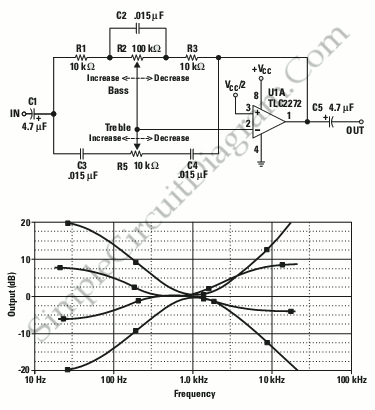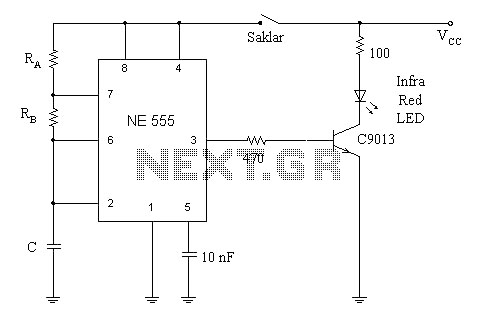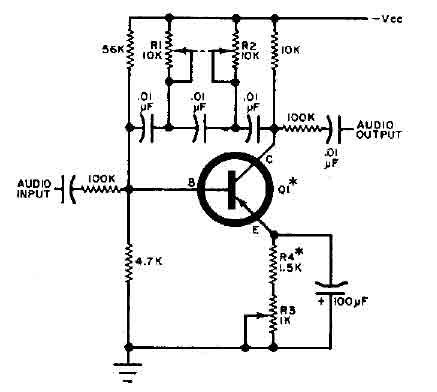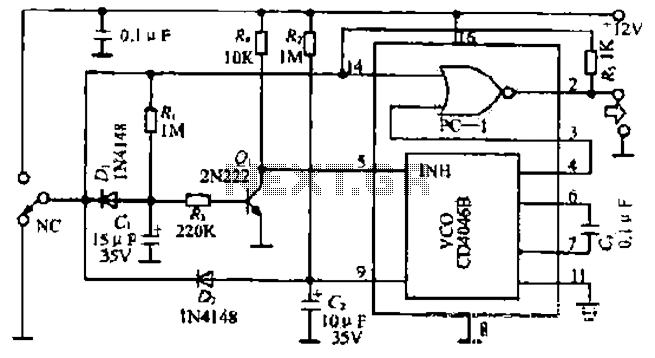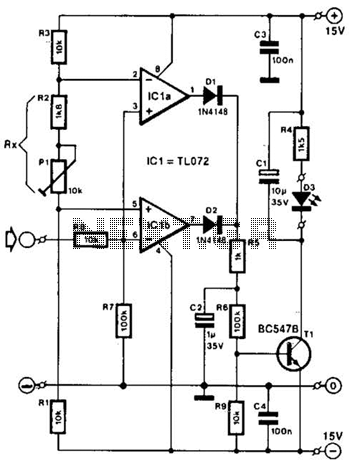
The control circuit of two-phase servo motor
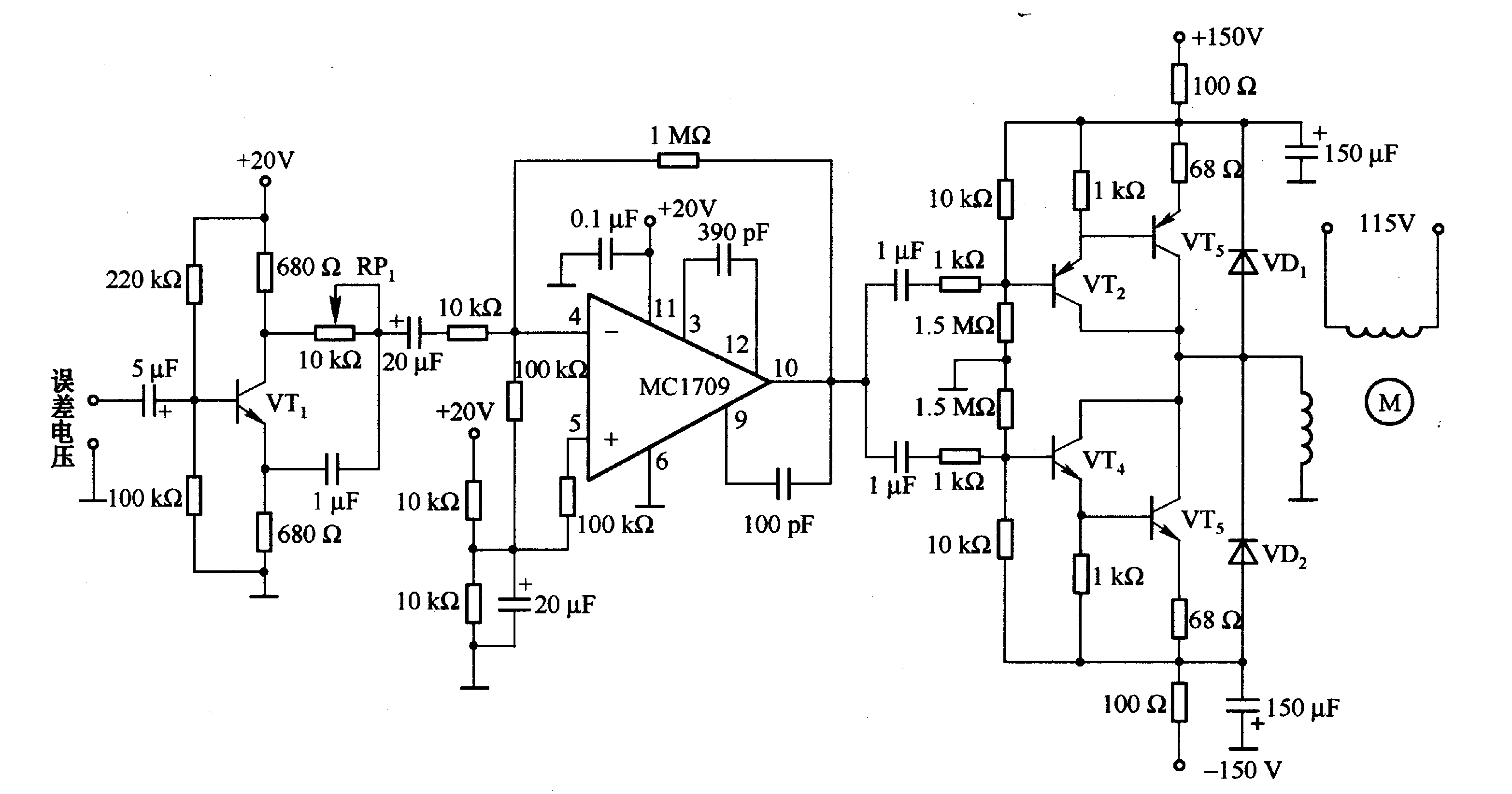
A two-phase servo motor features a field winding and a control winding. When there is a 90° phase difference between the two, it generates rotational torque. A potentiometer connected to the motor shaft measures the voltage difference between the actual voltage and the target value, with this voltage difference serving as the error voltage.
The two-phase servo motor operates on the principle of creating a rotating magnetic field through the interaction of the field winding and control winding. The field winding is typically supplied with a constant AC voltage, while the control winding receives a variable AC voltage that is phase-shifted. The 90° phase difference is crucial, as it ensures that the motor experiences a continuous torque, allowing for smooth and precise rotational movement.
The potentiometer, which is mechanically linked to the motor shaft, provides feedback on the motor's position by measuring the voltage across its terminals. This feedback is essential for closed-loop control systems, where the output position of the motor needs to match a desired target value. The difference in voltage between the actual position (as indicated by the potentiometer) and the target position is calculated to generate an error voltage. This error voltage is then used by the control system to adjust the input to the control winding, thereby correcting any deviation from the desired position.
In more advanced implementations, the control system may employ PID (Proportional-Integral-Derivative) control algorithms to minimize the error voltage over time, ensuring that the motor reaches and maintains the target position with high accuracy and minimal overshoot. The design of the control circuit must account for the characteristics of both the motor and the load it is driving, optimizing the response time and stability of the system.
Overall, the two-phase servo motor, in conjunction with the potentiometer feedback mechanism, forms a robust solution for applications requiring precise angular positioning and speed control.Two-phase servo motor has the field winding and control winding, when the phase difference is 90°, it generates the rotation torque. The potentiometer connected to the motor shaft will get the voltage difference between the corresponding voltage and target value detected by potentiometer, and voltage difference is used as the error voltage, which is used a..
🔗 External reference
The two-phase servo motor operates on the principle of creating a rotating magnetic field through the interaction of the field winding and control winding. The field winding is typically supplied with a constant AC voltage, while the control winding receives a variable AC voltage that is phase-shifted. The 90° phase difference is crucial, as it ensures that the motor experiences a continuous torque, allowing for smooth and precise rotational movement.
The potentiometer, which is mechanically linked to the motor shaft, provides feedback on the motor's position by measuring the voltage across its terminals. This feedback is essential for closed-loop control systems, where the output position of the motor needs to match a desired target value. The difference in voltage between the actual position (as indicated by the potentiometer) and the target position is calculated to generate an error voltage. This error voltage is then used by the control system to adjust the input to the control winding, thereby correcting any deviation from the desired position.
In more advanced implementations, the control system may employ PID (Proportional-Integral-Derivative) control algorithms to minimize the error voltage over time, ensuring that the motor reaches and maintains the target position with high accuracy and minimal overshoot. The design of the control circuit must account for the characteristics of both the motor and the load it is driving, optimizing the response time and stability of the system.
Overall, the two-phase servo motor, in conjunction with the potentiometer feedback mechanism, forms a robust solution for applications requiring precise angular positioning and speed control.Two-phase servo motor has the field winding and control winding, when the phase difference is 90°, it generates the rotation torque. The potentiometer connected to the motor shaft will get the voltage difference between the corresponding voltage and target value detected by potentiometer, and voltage difference is used as the error voltage, which is used a..
🔗 External reference
